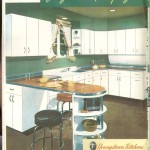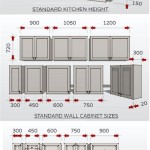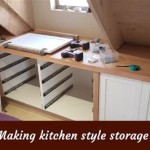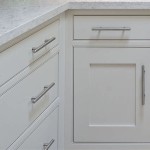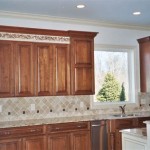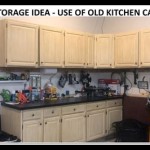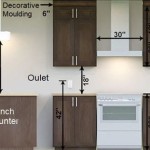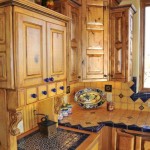Essential Aspects of the Best Plywood for Painted Kitchen Cabinets
When embarking on a kitchen remodeling project, selecting the most suitable plywood for your painted cabinets is crucial. Plywood, a versatile material, offers numerous advantages over solid wood, including stability, durability, and resistance to warping and cracking. To ensure you make an informed decision, consider the following essential aspects when choosing plywood for painted kitchen cabinets.
1. Material Quality and Grade:
Plywood is typically graded based on its veneer quality. For painted kitchen cabinets, it is recommended to use a high-quality plywood with a higher grade, such as AC or AB. These grades indicate that the plywood has a smooth, even surface, free from significant defects or imperfections. A higher-grade plywood will provide a better finish when painted, resulting in visually appealing and durable cabinets.
2. Thickness and Strength:
The thickness of the plywood you choose will impact the overall strength and stability of your cabinets. For kitchen cabinets, a plywood thickness of at least 1/2 inch is recommended. This thickness provides adequate strength to support the weight of dishes, cookware, and other items commonly stored in kitchen cabinets. It also ensures that the cabinets can withstand the rigors of daily use.
3. Moisture Resistance:
Kitchens are inherently humid environments due to cooking and cleaning activities. Therefore, it is essential to choose plywood that is moisture-resistant to prevent warping, swelling, or delamination. Look for plywood specifically labeled as "moisture-resistant" or "exterior-grade." These types of plywood are treated with adhesives and resins that enhance their resistance to moisture, making them ideal for kitchen applications.
4. Surface Smoothness and Grain:
The smoothness of the plywood's surface directly affects the quality of the painted finish. Opt for plywood with a fine, even grain that will provide a smooth base for painting. Avoid plywood with a coarse or rough grain, as this can create an uneven surface and affect the overall appearance of your painted cabinets.
5. Plywood Core and Voids:
Plywood is typically constructed with a core made of thin layers of wood veneer glued together. The quality of the core can impact the durability and stability of the plywood. Choose plywood with a high-quality core, free from voids, knots, or other defects. These defects can weaken the plywood and compromise the integrity of your painted cabinets.
6. Type of Glue Used:
The type of glue used to bond the plywood veneers together is crucial for its longevity. Look for plywood bonded with an exterior-grade glue, such as WBP (weather and boil-proof) or MR (moisture-resistant). Exterior-grade glues provide superior resistance to moisture and temperature fluctuations, ensuring that the plywood will remain intact in the humid environment of a kitchen.
7. Paintability and Finish:
The paintability of the plywood is an important factor to consider. Choose plywood that accepts paint well and provides a smooth, even finish. It is recommended to use a primer before painting to enhance the adhesion of the paint and achieve a professional-looking result. A high-quality paint in a semi-gloss or satin finish is ideal for kitchen cabinets, as it offers durability and resistance to stains and fading.

Plywood Kitchen Cabinet Benefits Sustainable Kitchens

Which Plywood Is Best For Modular Kitchen Designcafe

Which Plywood Is Best For Modular Kitchen Designcafe

Finishing Plywood Cabinets Inside And Out Diy Montreal

Choosing The Best Type Of Plywood For Cabinets Columbia Forest S

How To Choose The Right Kitchen Cabinet Materials For Your Project Architizer Journal
How To Choose The Best Plywood For Cabinets

Is Birch Plywood Good For Cabinets Sfk

Best Cabinet For Kitchen Plywood Cabinets Choice

Which Plywood Is Best For Modular Kitchen Designcafe
Related Posts

